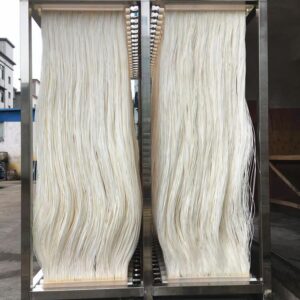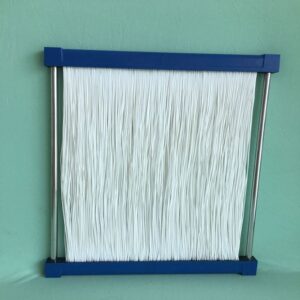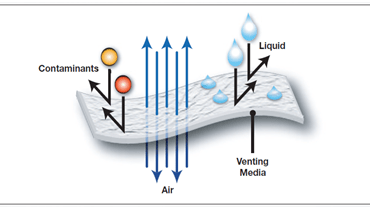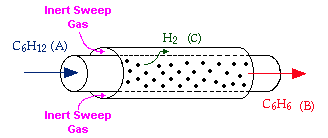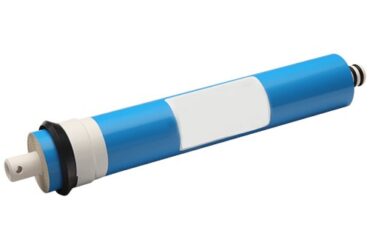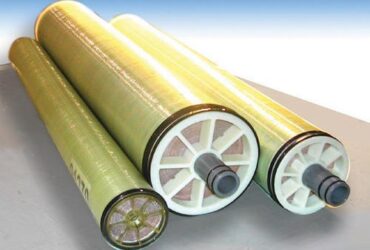Experts of Engineering and Biology made many achievements in wastewater treatment technology. The new-age methods can produce a massive volume of semi-clean water for irrigation and washing needs. The world-class and super-efficient industrial sewage water processing plants incorporate Ammonia Remove Membrane, PTFE membrane distillation, and ultrafiltration water treatment.
The Most Widely Implemented Technology—Ultrafiltration Water Treatment
1. What is an Ultrafiltration Water Treatment Technology
Ultrafiltration water treatment is a purification method using synthetic films with sieving pore sizes in the range of 0.1 to 0.001 micron. Typically, ultrafiltration will eliminate high molecular-mass particles, polymeric chemical elements, colloidal materials, etc.
2. What is the Working Norm
Ultrafiltration water treatment incorporates hollow tubular fibers of membrane material. The continuous feed of wastewater flows through the shell or surface of filtering fibers. Solids and solutes of high MW are barricaded by the membrane, while clean water and low molecular mass solutes pass through to the next step. UF is the choice of method for the removal of the followings when compared with other refinement technologies in a complete sewage water processing plant:
- Silica, Colloids, & Plastics
- Proteins, Silt, & Fly Ash
- Bacteria, Pyrogens, & Viruses
- Endotoxins & macromolecules larger than the cut-off range3.The Advantages of Ultrafiltration Water Treatment
- Any treating chemicals are not necessary: coagulants, flocculates, disinfectants, and pH adjustments.
- The constant quality of the effluent in terms of pollutant removal with high throughput
- Effortless operation in a small plant
- The plant can be entirely automated
- The process itself is highly eco-friendly4. What are the Maintenance Methods
UF processes comprise very fine membrane sieves that need to be properly washed, such as ammonia remove membrane. To remove organic pollutants, the entire protocol for the cleaning of tubular membranes is to use minimum foam, an average alkaline cleaner at 0.6% to 1% for a maximum of one hour. Citric acid at a concentration of 3.0 % to reduce inorganic pollutants is the best choice of chemical dosing. The acid flow requires up to 1 to 3 hours. Hydrochloric, oxalic acid, sulfuric acid, and nitric acid can also be used.
3. What are the Advantages and Attributes
There are numerous profits of employing PTFE membrane distillers. They are:
- Resistant to chemicals increase the life cycle of such devices
- The membranes are highly durable and deliver a better flow rate
- The effluent quality is the best in the market
- Ultraclean processed water with very low sheddingHow they are Applied as Ammonia Remove Membrane
PTFE membrane distillation or ammonia remove membrane are used in many applications as follows:
- RO wastewater processing use PTFE membranes
- Oilfields with wastewater treatment plants use ammonia remove membrane
- Treating sewage water with phenolic properties
- Handling and processing of acrylonitrile organic complex within the industrial effluent
- Used during epoxy resin related treatment of water
- VOC elimination from effluent
- Cyanide pollutant removal
- Wastewater treatment when there are low alcohol concentrations
- Recycling water treatment for ammonia removal
- Processing of effluent from sewerage recyclingWhat to Look for When Procuring
Choosing the right ammonia remove membrane or PTFE membrane distillation affects the economic success of the wastewater treatment plant. Some of the points to consider for product selection are:
- When to get PTFE with PET or PEP support or without any such conditions
- The airflow rate requirement during PTFE membrane distillation treatment
- Take into consideration that the feed pressure of wastewater is a factor
- whether the plant needs to process oleophobic or hydrophobic contaminants
- Membrane thickness is a significant factor
- Decide the max operating temperature of the MBR
What is an Ammonia Remove Membrane
The external surface of sieving PTFE hollow fiber film is extremely hydrophobic (water-resisting) and fit for ammonia removal membrane. Membranes with air-occupied holes are mostly water-impermeable but highly accessible to some chemical gases such as ammonia. The film wall with the dehydrated pores is an ammonia/liquid surface. The fluid part is feed sewage water. The ammonium transfusion goes from the liquid phase into the receiving medium, which is also a liquid. The chemical difference potential across the films drives ammonium mass transfusion.
Conclusion
This article will walk you through a comprehensive idea of polluted water processing plants that involve the new-age membrane methodology apparatus, such as ammonia remove membrane, ultrafiltration water treatment, and PTFE membrane distillation. The necessity for sewage water treatment plants is increasing, and new project installation orders are generated from various government bodies, private industries, or municipal residential areas. Oxymembrane is the reliable source for all wastewater processing and sewage treatment-related services, architecture design and execution, spare parts, and replacements.

